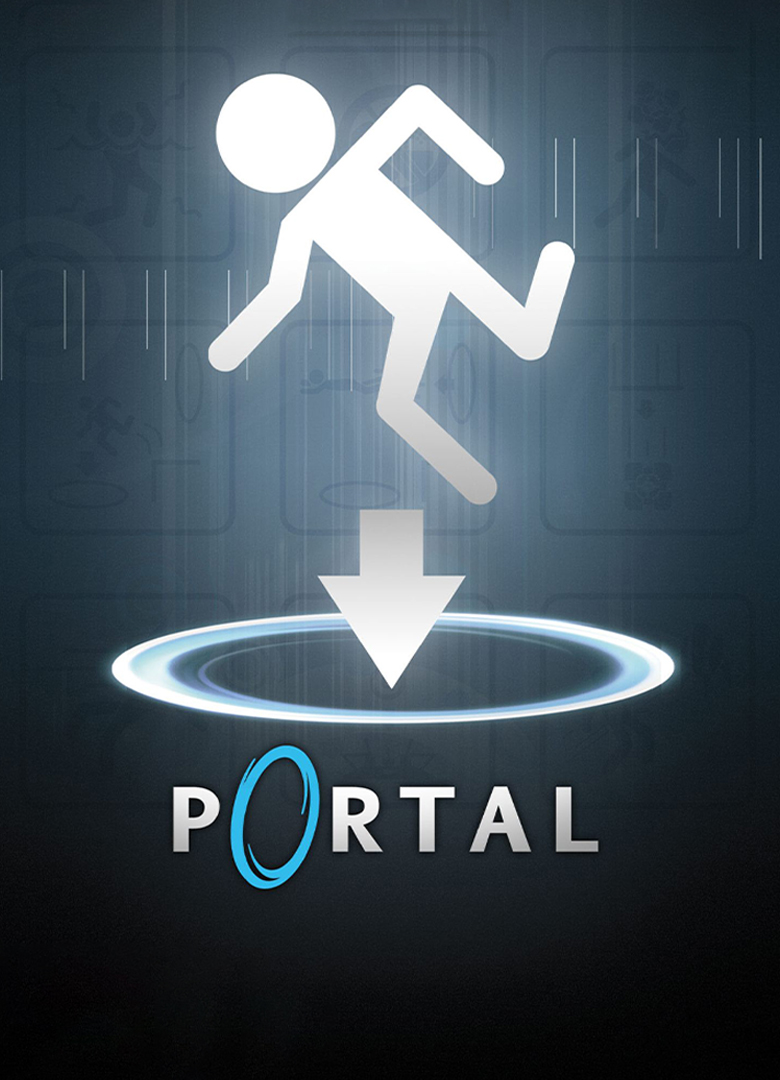

- #EVENTS BETWEEN PORTAL AND PORTAL 2 REGISTRATION#
- #EVENTS BETWEEN PORTAL AND PORTAL 2 CODE#
- #EVENTS BETWEEN PORTAL AND PORTAL 2 FREE#
Use either Azure CLI or PowerShell to send a test event to your custom topic. Now, let's trigger an event to see how Event Grid distributes the message to your endpoint.
#EVENTS BETWEEN PORTAL AND PORTAL 2 CODE#
The web app includes code to validate the subscription. Event Grid sends the validation event so the endpoint can verify that it wants to receive event data. Select the eye icon to expand the event data. View your web app again, and notice that a subscription validation event has been sent to it. Select Confirm Selection.īack on the Create Event Subscription page, select Create. On the Create Event Subscription page, follow these steps:įor the web hook endpoint, provide the URL of your web app and add api/updates to the home page URL. Now, on the Event Grid Topic page for your custom topic, select + Event Subscription on the toolbar. You subscribe to an event grid topic to tell Event Grid which events you want to track, and where to send the events.

Select Alerts (bell icon) in the portal, and then select Go to resource group. The deployment may take a few minutes to complete. On the Review + create page, select Create. It will be easier for you to clean up after you are done with the tutorial by deleting the resource group.įor Site Name, enter a name for the web app.įor Hosting plan name, enter a name for the App Service plan to use for hosting the web app. On the Custom deployment page, do the following steps:įor Resource group, select the resource group that you created when creating the storage account. In the Azure portal, provide values for the parameters. In the article page, select Deploy to Azure to deploy the solution to your subscription. The deployed solution includes an App Service plan, an App Service web app, and source code from GitHub. To simplify this quickstart, you deploy a pre-built web app that displays the event messages. Typically, the endpoint takes actions based on the event data. You use it later in the quickstart.īefore you create a subscription for the custom topic, create an endpoint for the event message. On the Review + create tab of the Create topic page, select Create.Īfter the deployment succeeds, select Go to resource to navigate to the Event Grid Topic page for your topic. Select Review + create at the bottom of the page. Select a location for the event grid topic. Instead, create your own name - it must be between 3-50 characters and contain only values a-z, A-Z, 0-9, and "-". The topic name must be unique because it's represented by a DNS entry. Provide a unique name for the custom topic. Select an existing resource group or select Create new, and enter a name for the resource group. On the Create Topic page, follow these steps: On the Event Grid Topics page, select + Create on the toolbar. In the search bar at the topic, type Event Grid Topics, and then select Event Grid Topics from the drop-down list. Create a custom topicĪn event grid topic provides a user-defined endpoint that you post your events to. When Status is Registered, you're ready to continue.
#EVENTS BETWEEN PORTAL AND PORTAL 2 REGISTRATION#
It may take a moment for the registration to finish. On the left menu, under Settings, select Resource providers.Select the subscription you're using for Event Grid.If you haven't previously used Event Grid in your Azure subscription, you may need to register the Event Grid resource provider.
#EVENTS BETWEEN PORTAL AND PORTAL 2 FREE#
If you don't have an Azure subscription, create an Azure free account before you begin. However, to simplify this article, you send the events to a web app that collects and displays the messages. Typically, you send events to an endpoint that processes the event data and takes actions. In this article, you use the Azure portal to do the following tasks: For an overview of the service, see Event Grid overview. It simplifies building event-driven and serverless applications. Event Grid is a fully managed service that enables you to easily manage events across many different Azure services and applications.


 0 kommentar(er)
0 kommentar(er)
